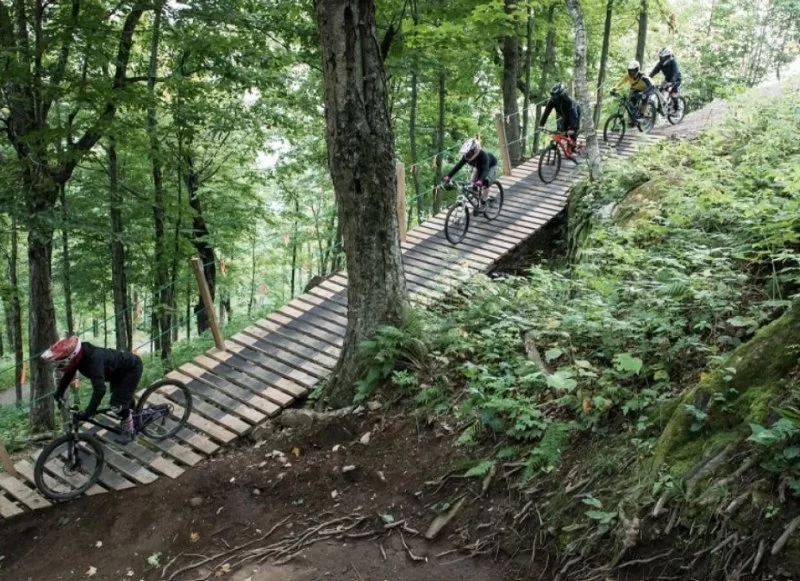- consider-terrain-and-trails
- check-campsite-accessibility-and-amenities
- look-for-bike-friendly-campgrounds
- weather-matters-seasonality-and-timing
- learn-from-experience-and-community-recommendations
- why-pine-cliff-resort-is-a-top-choice
1. Consider Terrain and Trails
Choosing the best campsite for mountain biking and camping starts with understanding the terrain. Are you craving steep climbs and adrenaline-pumping descents, or do you prefer scenic forest singletracks with gentle gradients? Your skill level should align with the surrounding trail network. Beginners might want flowy, well-maintained paths, while seasoned riders may seek technical rocky runs and backcountry challenges.
Sites near national forests or protected land—like those in the Rockies or Appalachians—often provide a balanced mix. Don’t just look for elevation maps; read up on trail reviews to get real insights on rideability, maintenance, and scenery.
2. Check Campsite Accessibility and Amenities
Once you’ve narrowed down the trails, think about how easy it is to actually reach your basecamp. Some hidden gems are remote and require a 4x4 vehicle, while others are easily accessible by paved roads. The best campsite for mountain biking isn’t just about location—it’s about how comfortable and sustainable your stay can be.
Look for campsites that offer secure bike storage, clean water access, shaded tent spots, and ideally a shower or river nearby. After hours on the saddle, a warm rinse can feel like a luxury.
3. Look for Bike-Friendly Campgrounds
Not all campgrounds are created equal. Some have bike repair stations, maps of local trails, or even shuttle services that make loop rides easier. Bike-friendly amenities make a massive difference in your experience. Think about it: do you really want to deal with a flat tire in the wilderness without tools or a stand?
Some popular sites even host group rides or clinics, adding a social element to your adventure. You might arrive solo and leave with a network of fellow trail lovers.
4. Weather Matters: Seasonality and Timing
Seasonality is everything. The best campsite in spring may turn into a mosquito-ridden swamp by summer. Late fall might offer perfect cool rides, but can also bring rain and early snow at higher elevations. Before you book, always check trail conditions and fire bans (especially in western states).
For example, mountain biking in Utah’s desert regions is phenomenal in March and October but borderline dangerous in July’s extreme heat. Timing your trip right can mean the difference between a dream ride and a miserable slog.
5. Learn from Experience and Community Recommendations
Rely on the stories of others. Many riders share campsite and trail recaps on Reddit, MTB forums, or YouTube. Their insights can guide you away from overbooked spots or toward hidden treasures.
I still remember a trip to Arizona where a fellow camper recommended a secluded campground near Sedona with direct trail access. It wasn’t on any mainstream site, but it ended up being the best mountain biking weekend of my life.
6. Why Pine Cliff Resort Is a Top Choice
If you're looking for a campground that balances nature, comfort, and serious biking potential, Pine Cliff Resort deserves your attention. Located near some of the most scenic riding trails in the region, it caters specifically to campers who also live for two wheels. With secure storage, trail maps, and friendly staff who ride too, it’s more than a campground—it’s a base for adventure.
Whether you're planning a solo escape or a family bike-and-camp weekend, Pine Cliff Resort makes it easy to enjoy the great outdoors without compromising your mountain biking goals.







